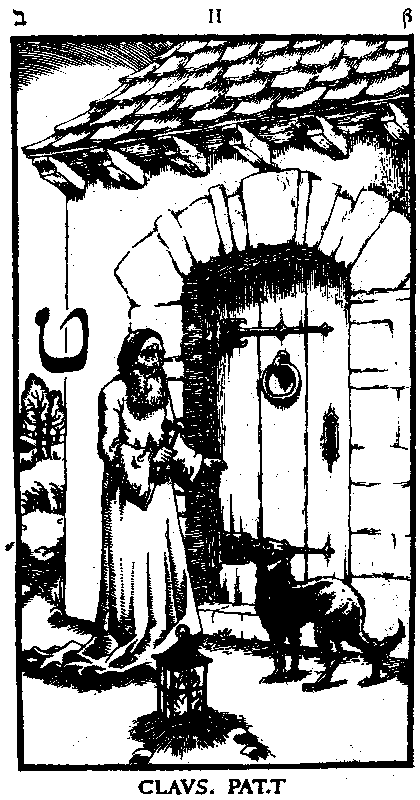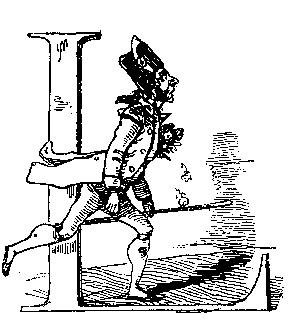De Formatione Ovi et Pulli The embryological treatise (On the Formation of the Egg and of the Chick) was written by anatomist and embryologist and published in Padua posthumously in 1621. The book was edited by Joahannes Prevotius and is separated into two parts that describe Fabrici’s observations and assumptions on and combine the traditional knowledge of his predecessors with his own first-hand anatomical observations. Each part is separated into three chapters: the first part concerns the formation of the while the second part of the treatise covers the generation of the within the. The first chapter covers the formation of the and reiterates the three bases of animal generation described. Fabrici discusses Aristotle’s views of the, the seed, and from decomposing matter. Fabrici interpreted the germinal disc of the hen’s as the scar left on the from the detachment of the string that had attached it to the during development. He is credited with revealing the cloacal bursa, which he mistakenly believed was found only in the hen, and which he determined would collect the of the rooster.
• Thanks to it, all unclear-recorded sounds are made clear and music mixes can be remixed. • Sylenth1 is subtractive synth in nature. • It is simple to use and manage for not only professionals but also first time users. With its simplicity, novices are able to grasp the basics swiftly. Sylenth1 v3.02 full version crack download.


The bursa is often referred to as the “bursa of Fabricius” but the function was discovered in the 1950s to be the site of hematopoiesis, the organ that makes blood cell components and plays an integral part in the immune system of both male and female. The second chapter attempts to show that the carries out two functions—formation of the and the immediate and prolonged nutrition of the. Fabrici states that the was formed in the upper part of the and the rest of the forms in the lower part of the. He details a process in which the leaves the as a naked and the shell develops afterwards in the, the organ in oviparious ( laying) animals that the eggs eventually travel down to become fertilized.
He writes that the grows due to the nutrition brought to it by uterine blood vessels while it is attached to the and that growth ceases once it separates from the. The third chapter of part one encompasses Fabrici’s discussion on the usefulness of the, concluding that it is for the protection of the. The second part of this treatise covers the structure, action, and function of the. Fabrici spends some time discussing the differences in shape, size, color, and texture of eggs in difference species. He characterizes a “perfect” as having a shell, two shell membranes, the ( white or cytoplasm), a membrane, the, and two chalazae (strands holding the in place). Fabrici also disagrees with Aristotle’s theory of, asserting instead that they are also the result of eggs.
The first chapter of part two focuses on the formation, growth, and nourishment of the. Fabrici asserts that the and are used as food in the development of the, and he states that the chalaza of the blunt end of the is the source of the form of the. He then begins his discussion of the rooster’s, which he declares never actually enters the. Intellistim be 28e manual. Fabrici discusses his belief that the length of the makes it impossible for the to reach the and even when the reaches the lower end of the, the shell has been formed and serves as a barrier to the.
Most Viewed News
- Crack License Dat Matlab Gui
- Cam350 Free Crack 2
- Driver Placa Retea Windows Xp
- Lister Engine Serial Numbers
- Cartea Gesturilor Pdf
- Free Download Mafia 1 Pc Game Highly Compressed
- Ramayana Full Story In Tamil Pdf Kathaigal
- Dpf Regeneration Software Obd2
- Sonic Heroes Free Download Full Version Pc Torrent
- Biologia Curtis 7ma Ed Pdf Files
- Prinuditeljnaya Ustanovka Gvlk Kak Eto Sdelatj
- Corel Draw Pantone Color Palette